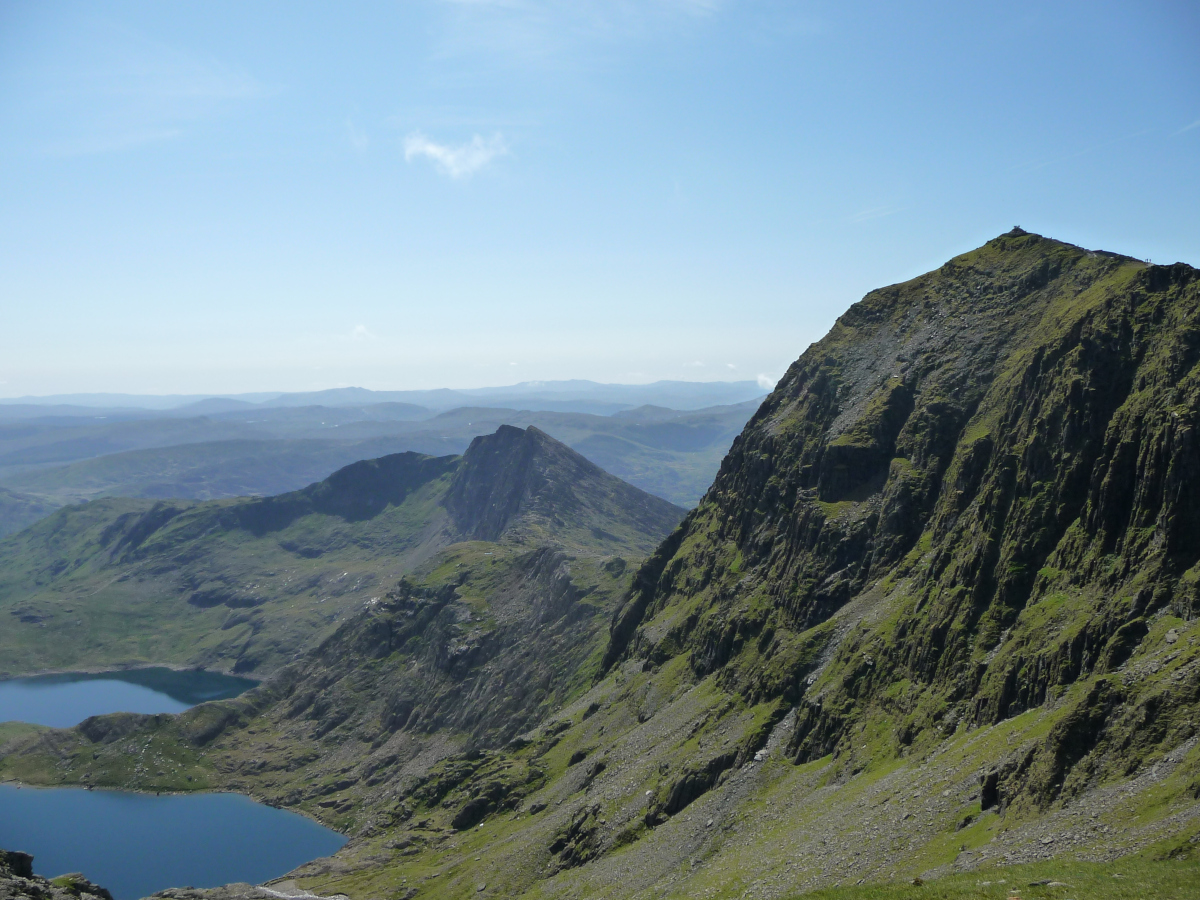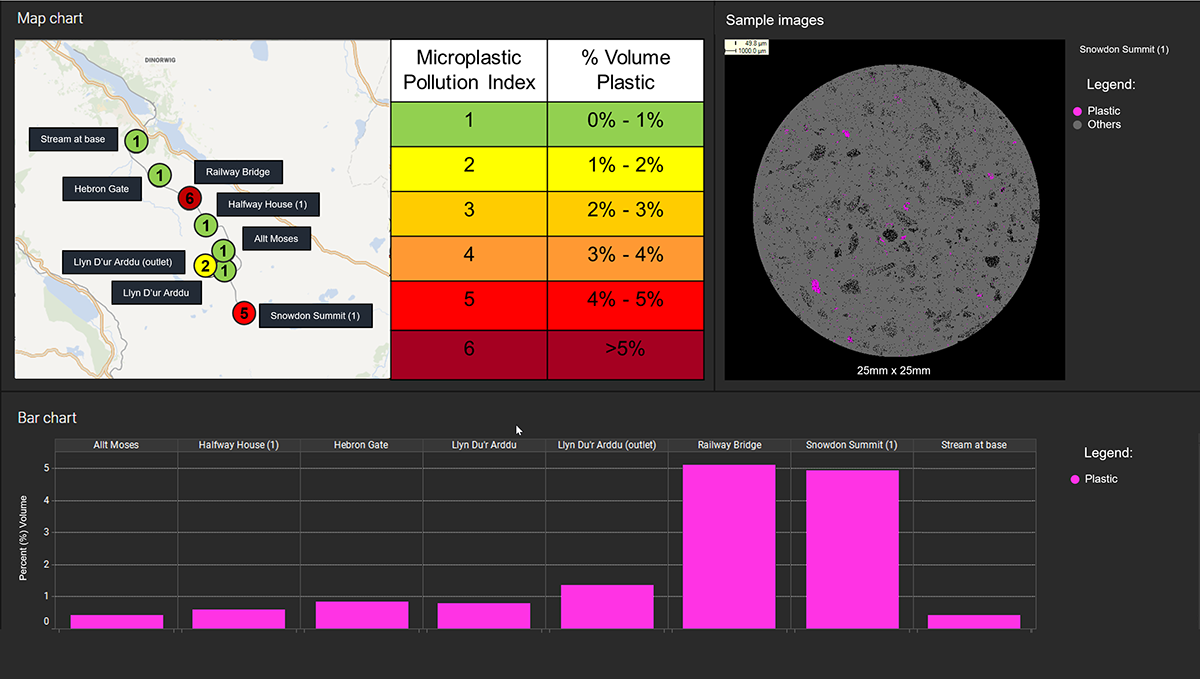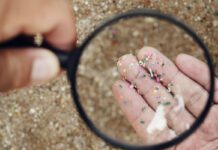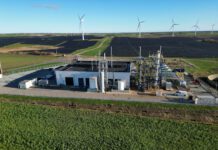
Geoscience technology firm CGG has conducted a microplastics pollution survey as part of a scoping study into whether it would be possible to create a “Plastic Free zone” on Yr Wyddfa (Snowdon). The work is being used to help determine a Microplastic Pollution Index, which could pinpoint areas of plastic leakage and wastage where microplastics may be entering the food chain or natural environment.
The group seemingly found microplastic pollution in all the soil samples collected along the busy Llanberis Path to the summit of Snowdon in April 2021, which were later subjected to microplastic quantification and identification. A new, sample preparation and analysis workflow provides rapid, mass sample screening – said to be an improvement on the existing manual and optical identification methods. This workflow can be used to calculate the volume, size and shape of plastic particles within a sample.
The results were used to determine a Microplastic Pollution Index, an indicator that could be used by organizations, local authorities or government agencies. On Yr Wyddfa (Snowdon), microplastic content was naturally highest where people congregate in large numbers. Microplastic particles constituted nearly 5% of the total sample collected at the summit. These were predominantly small, highly-abraded particles formed from the fragmentation of larger plastic material and fibres shed from clothing.
“These results are a stark reminder of how persistent plastic is when it gets into the environment. A huge amount of litter is cleared by staff and volunteers, but by no means all gets picked up. This work shows what happens when plastic is let loose in the soils and freshwater of our precious protected areas; it breaks into countless particles and we lose control of it. Once again this really highlights the need for us all to be extra careful when visiting protected areas,” said John Harold, Director of Snowdonia Society and Chair of Partneriaeth Yr Wyddfa.

Peter Whiting, EVP, Geoscience, CGG, said the technique “complements our other plastic pollution monitoring initiatives, such as our ongoing European Space Agency project to monitor plastic pollution from space.”
Partneriaeth Yr Wyddfa (the Snowdon Partnership) – led by the Snowdonia National Park Authority – aims to increase public awareness of plastic pollution on the UK’s most visited mountain and consider the practicalities of introducing Plastic Free Areas in the National Park.






